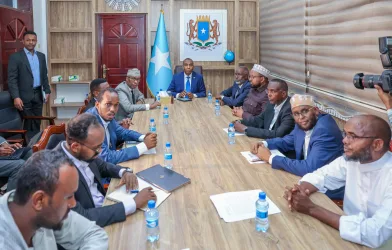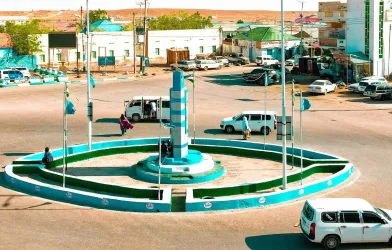The United States government will now provide $8 million (Ksh.800 million) in funding towards control of the locust infestation in three Eastern Africa countries.

U.S Secretary of State Mike Pompeo, who made the announcement on Tuesday, said the funds will go to Ethiopia, Kenya and Somalia.
“The United States is providing $8M in additional funding to support regional locust control operations in Ethiopia, Kenya and Somalia,” said Pompeo in the joint press conference with Ethiopian Foreign Minister Gedu Andargachew.
This aid comes after the United Nations’ Food and Agricultural Organization (FAO) early in the month warned that the locusts could ravage more countries in Eastern Africa and threaten the livelihood of many more people.
The swarms, first sighted in December, have already destroyed tens of thousands of hectares (acres) of farmland in Kenya, Somalia and Ethiopia, threatening food supplies in the worst locust invasion in 70 years.
“There also other countries at risk, especially South Sudan, Uganda, Eritrea…,” said Bukar Tijani, assistant director-general of the FAO’s agriculture and consumer protection department.
FAO said at least one locust swarm had already been seen in Eritrea, and several had also been sighted in Oman and Yemen.
Even before the locust invasion, some 11 million people in Ethiopia, Somalia and Kenya were experiencing food insecurity, and the swarms will worsen the situation, FAO said.
Esther Kithuka, a farmer in Mwingi, Kitui County, previously told Reuters she was worried the locusts would destroy their crops, and that another growing season due to start in April would be too short for any meaningful production.
“We depend a lot on this season and we worry that the locusts will destroy our harvest and we will end up remaining hungry through the rest of the year waiting for October for the next cropping season,” she said.







